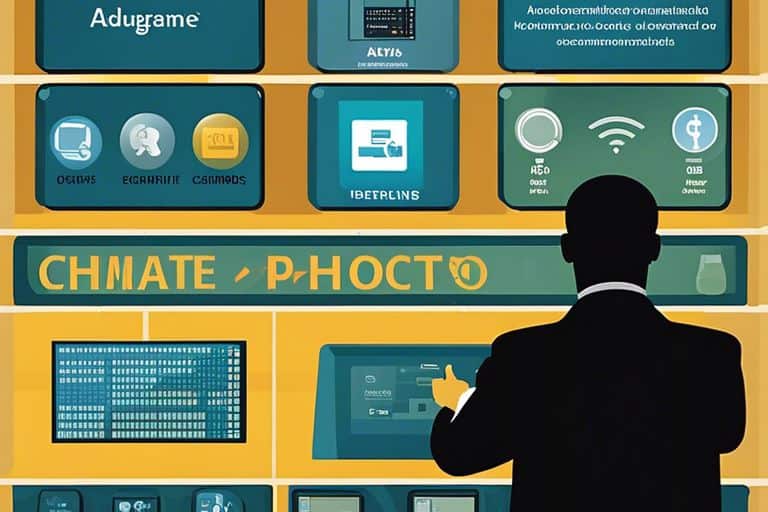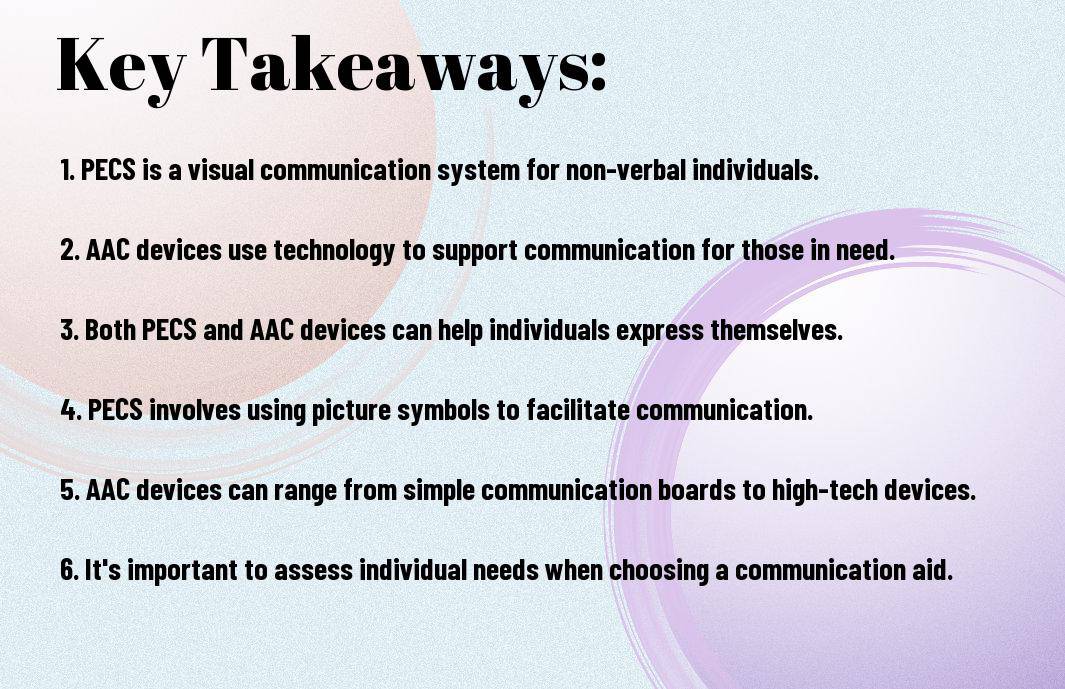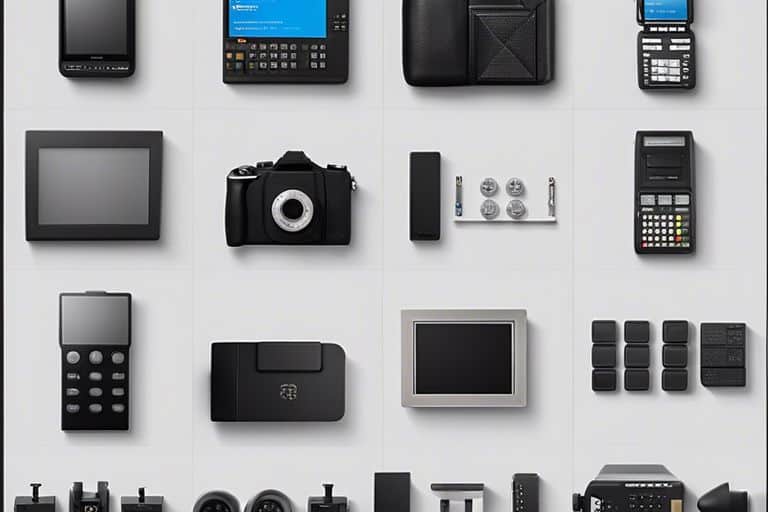Communicating with individuals who have speech and language difficulties can be challenging, but with the use of communication aids such as PECS (Picture Exchange Communication System) and AAC (Augmentative and Alternative Communication) devices, it becomes much easier. In this blog post, we will discuss the various communication aids available, from the basic picture exchange system to the advanced electronic devices, and how they benefit individuals with communication impairments. We will also explore the potential dangers and risks associated with using these aids, as well as the positive impact they can have on the lives of those who rely on them. Understanding the different communication aids and their potential impact is crucial for anyone working with individuals with communication difficulties, to ensure effective and appropriate support.
Key Takeaways:
- PECS: Picture Exchange Communication System (PECS) is a proven communication aid that uses pictures to help individuals with limited verbal communication skills.
- AAC Devices: Augmentative and Alternative Communication (AAC) devices offer a technological solution for individuals who require more advanced communication aids, including speech-generating devices and communication apps.
- Individualised Approach: It is important to assess each individual’s communication needs and capabilities to determine the most suitable communication aid, whether it be PECS or AAC devices.


Historical Development of Communication Aids
In the field of communication aids, there has been a significant historical development from early tools and techniques to the evolution of Picture Exchange Communication System (PECS) and Augmentative and Alternative Communication (AAC) devices. It is important to understand the journey of communication aids in order to appreciate the current advancements and make informed decisions for individuals with communication challenges.
For more information on why we say “no” to PECS® as an AAC system, you can read our blog post Why we say “no” to PECS® as an AAC system.
Early Tools and Techniques
Early tools and techniques for communication aids date back to the use of sign language, gesturing, and visual aids to support individuals with communication difficulties. These methods laid the foundation for the development of more formalised communication systems.
The introduction of communication boards, symbol charts, and manual communication methods marked a significant advancement in the early tools and techniques for individuals with communication challenges. These visual aids played a crucial role in facilitating communication and interaction for individuals with complex communication needs.
The Evolution of PECS
The development of the Picture Exchange Communication System (PECS) represented a major milestone in the evolution of communication aids. This system, which utilises visual symbols and a structured teaching approach, aimed to support individuals with limited communication abilities to initiate and engage in communication exchanges.
The implementation of PECS has been both positively and critically evaluated within the AAC community. While it has shown success in some cases, concerns have been raised about its suitability as a long-term AAC system for individuals with complex communication needs.
PECS® as an AAC system, while it has shown promise in certain cases, it is important to critically evaluate its long-term effectiveness and impact on individuals with complex communication needs. Careful consideration of alternative AAC devices and systems is essential to ensure comprehensive and individualised communication support.
Picture Exchange Communication System (PECS)
The Picture Exchange Communication System (PECS) is a unique and effective method of communication for individuals with communication challenges. It is especially useful for those who have difficulty with verbal communication. PECS uses symbols or pictures to help individuals express their needs, wants, and feelings.
If you want to learn more about alternative and augmentative communication (AAC) devices, you can check out AAC Devices.
Fundamentals of PECS
The fundamental principle of PECS is to teach individuals to initiate communication by exchanging a picture symbol for a desired item or action. This method focuses on developing the fundamental skills of communication, including the ability to make requests, initiate social interactions, and expand language skills.
PECS encourages individuals to actively participate in communication, and it provides them with a visual support system to express themselves. By using pictures or symbols, individuals can communicate their needs and wants more effectively, leading to greater independence and reduced frustration.
Implementing PECS in Various Settings
PECS can be implemented in a variety of settings, including homes, schools, and community environments. It is important to create a supportive and consistent communication environment to ensure the success of PECS. Caregivers and educators play a crucial role in implementing PECS by providing ample opportunities for practice and reinforcement.
Implementing PECS in different settings allows individuals to generalise their communication skills across various contexts, improving their ability to communicate effectively in different environments. The use of PECS in multiple settings can lead to increased social interaction and a greater sense of inclusion for individuals with communication challenges.
When implementing PECS in various settings, it is important to consider the individual’s specific communication needs and tailor the approach accordingly. Consistent practice, reinforcement, and support are key components of successful implementation.
Advances in Augmentative and Alternative Communication (AAC)
For individuals with complex communication needs, the advancements in Augmentative or Alternative Communication Devices have been life-changing. These devices have evolved from simple communication aids, like PECS (Picture Exchange Communication System), to high-tech AAC devices that utilise voice output and advanced software to support communication.
Types of AAC Devices
There are various types of AAC devices available to cater to the diverse needs of individuals with communication challenges. Some common types include:
- Speech Generating Devices (SGDs): These devices produce speech output based on user input.
- Symbol-based AAC Devices: These devices use symbols or pictures to aid communication.
- Text-based AAC Devices: These devices allow users to type out their messages.
- Eye-tracking AAC Devices: These devices track eye movements to enable communication.
- Sensory-based AAC Devices: These devices use sensory input to support communication.
After considering the individual’s needs and abilities, AAC devices can be tailored to provide the most effective communication support. Importantly, The information should be broken down into a table with 2 columns and 5 rows to facilitate comparison and decision-making.
Impact of Technology on AAC Development
The advancement of technology has significantly impacted the development of AAC devices. It has led to the creation of more sophisticated and user-friendly devices, making communication more accessible for individuals with complex needs.
Furthermore, the integration of advanced software and features, such as predictive text and voice recognition, has enhanced the functionality of AAC devices. This has opened up new possibilities for individuals, empowering them to express themselves more fluently and independently.

Practical Considerations
Choosing the Right Communication Aid
When choosing a communication aid for an individual, it is important to consider their specific needs and abilities. PECS (Picture Exchange Communication System) may be more suitable for those who are just beginning their communication journey and are more visually oriented, while AAC (Augmentative and Alternative Communication) devices may be more appropriate for individuals who are able to use more complex language and require a larger vocabulary. It is crucial to involve the individual in the decision-making process and trial different aids to determine the most effective solution.
Integrating Aids into Daily Life
Once the right communication aid has been selected, it is essential to integrate it seamlessly into the individual’s daily life. This may involve training and support for the individual and their communication partners, as well as making adjustments to the environment to accommodate the aid. For PECS, this could mean ensuring that visuals are readily available in various settings, while for AAC devices, it may involve programming personalised vocabulary and setting up access to the device in all areas of the individual’s life.
Integrating communication aids into daily life requires a collaborative effort and ongoing support to ensure that the individual can fully benefit from their chosen aid and communicate effectively in all aspects of their life.
Conclusion: Communication Aids – From PECS to AAC Devices
In conclusion, communication aids have evolved significantly over the years, from the Picture Exchange Communication System (PECS) to Augmentative and Alternative Communication (AAC) devices. These aids have revolutionised the way individuals with communication difficulties can express themselves, interact with others, and participate in everyday activities. It is evident that these aids play a crucial role in promoting and supporting communication for individuals with varying communication needs. As technology continues to advance, it is important to keep abreast of the latest developments in communication aids to ensure that individuals with communication difficulties have access to the most suitable and effective tools for expression. Moreover, it is imperative for professionals and caregivers to be knowledgeable about the range of communication aids available and to provide ongoing support and training to individuals using these aids. Ultimately, communication aids have significantly improved the quality of life for individuals with communication difficulties and continue to be a vital aspect of their everyday lives.
FAQ
Q: What are communication aids?
A: Communication aids are tools and devices that help individuals with communication disabilities to express themselves, understand others, and participate in everyday activities.
Q: What are PECS?
A: PECS, or Picture Exchange Communication System, is a widely used communication aid that involves the use of pictures or symbols to help nonverbal individuals communicate their needs and wants.
Q: What are AAC devices?
A: AAC, or Augmentative and Alternative Communication, devices are electronic tools that assist individuals with communication difficulties by providing a means to express themselves through speech output, symbols, or text.
Q: Who can benefit from communication aids?
A: Individuals with autism, cerebral palsy, Down syndrome, aphasia, and other communication disorders can benefit from communication aids to help them communicate effectively and interact with others.
Q: How do communication aids improve communication skills?
A: Communication aids provide individuals with the means to express themselves, understand others, and engage in social interactions, ultimately improving their communication skills and overall quality of life.
Q: Are there different types of communication aids?
A: Yes, there are various types of communication aids, including low-tech options like PECS and high-tech solutions such as speech-generating devices and communication apps for tablets and smartphones.
Q: How can someone access communication aids?
A: Speech and language therapists, assistive technology specialists, and disability organisations can help assess individual needs and provide recommendations for appropriate communication aids and support with accessing funding or resources to obtain them.







